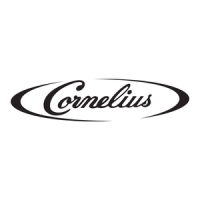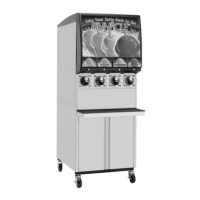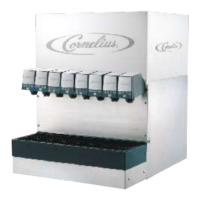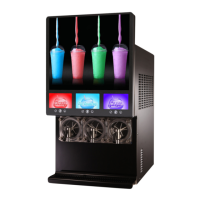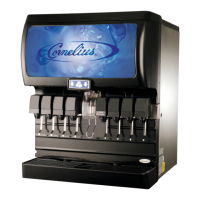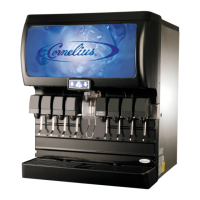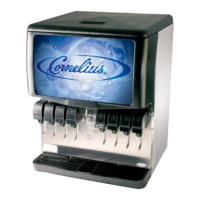What to do if Cornelius Beverage Dispenser has no refrigerant?
- MmckinneyamandaSep 12, 2025
If your Cornelius Beverage Dispenser has no or low refrigerant, it is likely due to a leak. Repair the leak and weigh in a new charge.
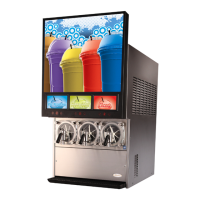
What to do if Cornelius Beverage Dispenser has no refrigerant?
If your Cornelius Beverage Dispenser has no or low refrigerant, it is likely due to a leak. Repair the leak and weigh in a new charge.
What to check if sensors are failing in a Cornelius Beverage Dispenser?
If you are experiencing issues with the sensors in your Cornelius Beverage Dispenser, it could be due to a bad connection. Correct the wiring. The sensor itself might be bad, so replace it. A sensor out of position can also cause problems; reposition the sensor and clip. A defective product delivery board could also be the issue, so replace it.
| Model | VIPER 2 FLAVOR |
|---|---|
| Type | Beverage Dispenser |
| Brand | Cornelius |
| Number of Flavors | 2 |
| Power Supply | Electric |
| Dimensions | 27.63" H x 10.00" W x 24.50" D |
| Weight | Varies by configuration |
Provides a general overview of the manual's organization and the Viper system's design.
Covers safety overview, alert recognition, types of alerts, and general safety tips for operation.
Details service personnel qualifications, precautions, shipping/storage, and CO2 hazards.
Addresses safety requirements for mounting the unit on counters or using carts.
Explains factors affecting dispensed product conditions, focusing on overrun and its variables.
Introduces the Viper system components and explains its basic theory of operation.
Details the CO2 supply, regulators, and its role in carbonation and product expansion.
Describes the water and syrup delivery systems, including pumps and flow controls.
Introduces the control panel and explains its display, buttons, and overall interface.
Details the menu system structure, including System Menus and Main Menu navigation.
Covers menus for Unit Data, Error Status, Error Log, and Setup for system configuration.
Details setup for events, viscosity, and other system options for customization.
Discusses factors affecting product quality such as throughput, defrost, and viscosity settings.
Explains minimum throughput requirements for maintaining product quality.
Covers programmed defrosts, sleep mode, and viscosity setting recommendations.
Provides the basic procedure for starting the Viper unit and preparing it for service.
Summarizes required maintenance intervals and procedures for the Viper unit.
Details monthly maintenance tasks, including cleaning the air filter.
Outlines semi-annual tasks like inspecting scraper blades and cleaning syrup connections.
Covers the process of emptying, flushing, and sanitizing the syrup system and barrels.
Provides procedures for removing and installing new barrel motor seals.
Covers replacement of barrel motors and motor run capacitors.
Details replacing the water pump and the condenser fan motor.
Covers replacement of solenoids, regulators, pressure switches, and the compressor unit.
Details replacement of electronic boards and addresses software version compatibility.
Provides a guide for diagnosing and resolving common system problems like unit not running or frozen barrels.
Addresses issues related to the compressor not running or not cooling, restricted airflow, and fan motor problems.
